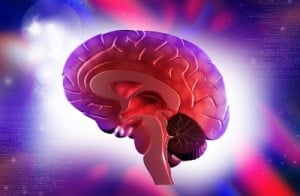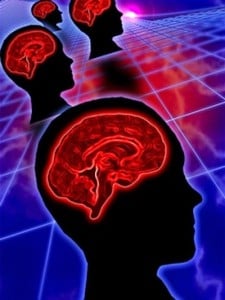
Neurofeedback works for students of all ages ranging children and young adults in grade school to college level students. Younger ages benefit from neurofeedback because the sessions strengthen and enhance brain development. For older students, neurofeedback keeps the brain strong and healthy and prevents the decline of memory and other executive functions vital to academic success. Read the eight ways neurofeedback improves school performance by boosting brain function!
1. Attention – Being a good student
2. Focus – Students often face heavy workloads and long study hours during the semester. Neurofeedback directly improves a person’s ability to focus, making it easier to complete work at a faster rate with better completion. Additionally, more information will be absorbed if a person is focusing better during the hours that they study. This will positively impact test taking because the improved study ability will ensure the students are adequately prepared for important exams.
3. Memory – Studying for certain subjects often requires a substantial amount of memorization for exams. Neurofeedback works to enhance the brain’s ability to absorb and hold information for easier recall in times of need.
 4. Test Performance – If a student struggles with test taking in general, neurofeedback strengthens the student’s ability to focus while actually taking the tests, promoting better test outcomes. Test results are sure to reflect a person’s strengthened ability to memorize as well.
4. Test Performance – If a student struggles with test taking in general, neurofeedback strengthens the student’s ability to focus while actually taking the tests, promoting better test outcomes. Test results are sure to reflect a person’s strengthened ability to memorize as well.5. Sleep Quality– The success of students is heavily determined by the amount and quality of sleep a person gets. The brain does not function at highest capacity if the brain is tired. Neurofeedback specifically improves a person’s ability to fall asleep, to stay asleep, and enhances overall sleep quality.
6. Anxiety Reduction – Neurofeedback can be specifically used to lower a person’s anxiety. When it comes to school performance, anxiety can be crippling, especially in times of high stress such as during final examinations. Training the brain to function calmly and effectively will reduce anxiety levels, setting a student up for success.
 7. Mood Improvement – The stresses of life outside of school do not disappear during the semester. If a person struggles with mood issues, such as depression, this will likely have a negative impact on school performance. When the brain is functioning more calmly and working at it’s highest aptitude, depression symptoms often decline and/or disappear.
7. Mood Improvement – The stresses of life outside of school do not disappear during the semester. If a person struggles with mood issues, such as depression, this will likely have a negative impact on school performance. When the brain is functioning more calmly and working at it’s highest aptitude, depression symptoms often decline and/or disappear.8. Learning Disability Improvement – If your child or you struggle with a learning disability, school can be much more difficult with which to keep up. Certain tasks may take longer and may not register as easily. Neurofeedback works to reduce the symptoms of learning disabilities to ensure for better success. Each person has different, unique needs, which is why neurofeedback sessions begin with taking a quantitative EEQ brain map to pinpoint where in the brain these issues are initiating. The protocol for the neurofeedback sessions is then determined based on these individual needs.
To schedule a free consultation with our director Dr. Jolene Ross, click here.
First image courtesy of Ambro at FreeDigitalPhotos.net
Second image courtesy of Paul Gooddy at FreeDigitalPhotos.net
Third image courtesy of Ambro at FreeDigitalPhotos.net
Fourth image courtesy of photostock at FreeDigitalPhotos.net








